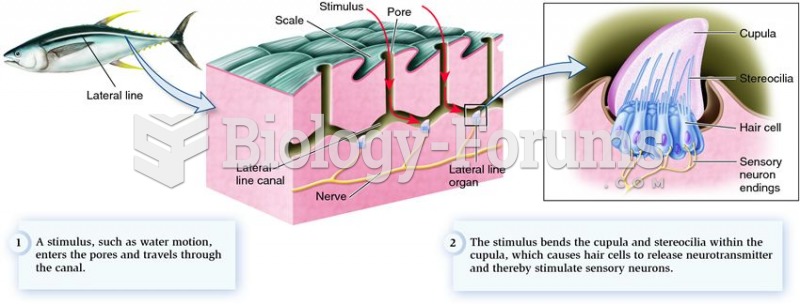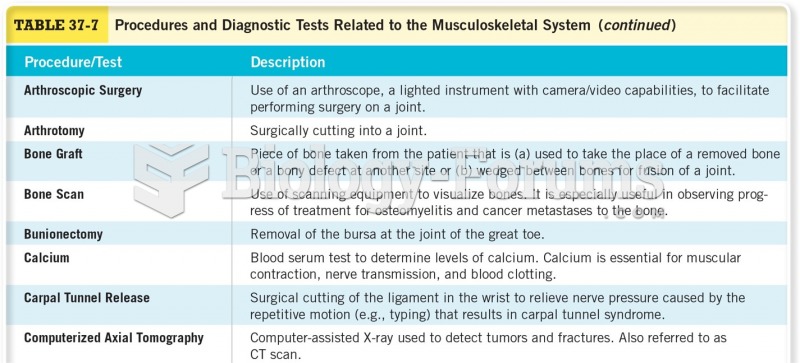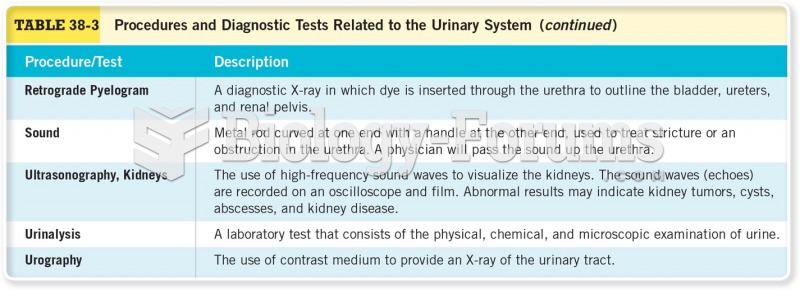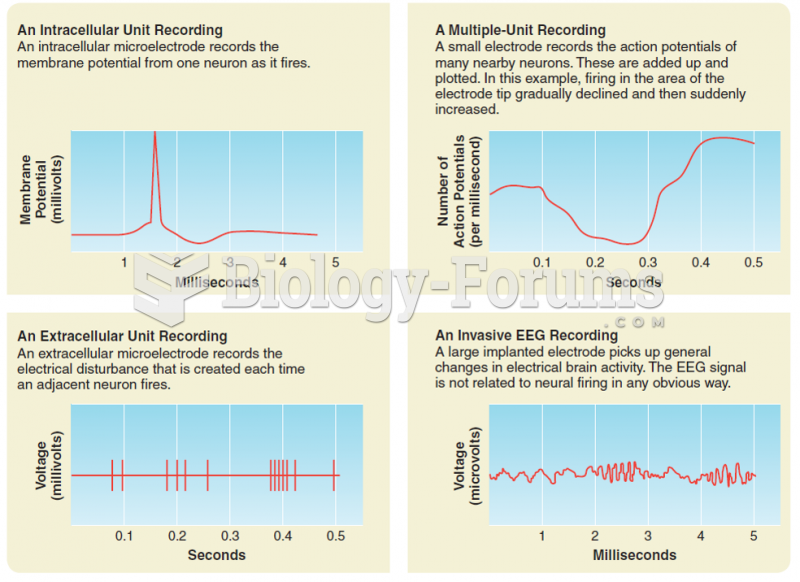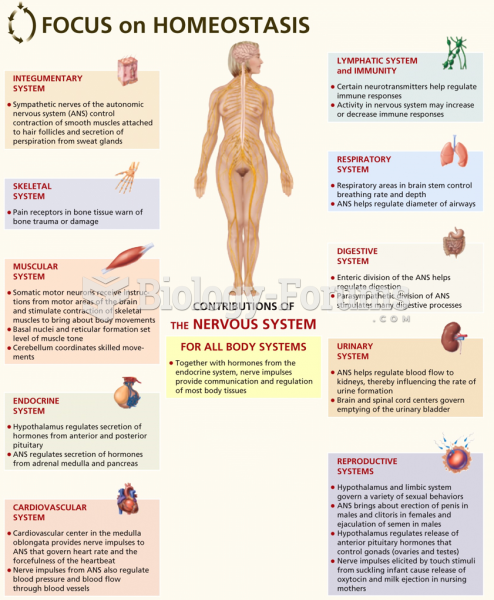Answer to Question 1
True
Answer to Question 2
The three broad forms of advertising research are developmental advertising and promotion research (used before ads are made), copy research (used as ads are being finished), and results-oriented research (used after ads are launched and running). Developmental advertising research (also called consumer insight) attempts to
generate ideas and create effective messages that will reach the target audience. It helps creatives and account teams to understand this audiencetheir identity, their history, their perceptions of needs and wants, and their expectations regarding product use. It provides this information while they are actually visualizing and drafting ads, improving on early versions, and imagining final creations. Since this research takes place early in the process, it influences the way the ads, promotions, forms of branded entertainment, or entire IBP campaigns are shaped before a lot of mistakes are made and a lot of money is spent. This is why it is often considered the most valuable kind
of advertising research. The types of developmental research include design thinking, concept testing, audience profiling, focus groups, and projective techniques (dialogue balloons, story construction, picture and sentence completion, ZMET), and field work. Copy research acts as a report card that evaluates the actual text or design of the
ads, finished or unfinished. Its name comes from the original focus on the copy, though today it also involves visuals. It can provide valid data, but asking the wrong questions can lead to faulty ratings, especially when pressured to supply the client with numbersusually normative test scores, which rate the ad based on those of competitors. Though many ads defy measurement, having a good score at least says
that they test well.. Creatives tend to hate arbitrary scores that compare their unique productions against average ads, while account execs tend to demand them
because the client wants them. So copy research is often the main source of tension
in an agency. The types of copy research include communication tests, thought listings or cognitive response analyses, recall tests, recognition tests, implicit memory measures, surveys, attitude studies, resonance tests, frame-by-frame tests, and eye- tracking systems.
Results-oriented research is conducted to see whether the ads out there are working. This can generate useful information, but the timing is the problemthe ad is already running, so the data is provided after the fact, after much time and money has been spent on producing and finalizing the ad and paying for media space. The types include tracking studies, inquiry/direct response measurements, sales estimates, or single-source data.


